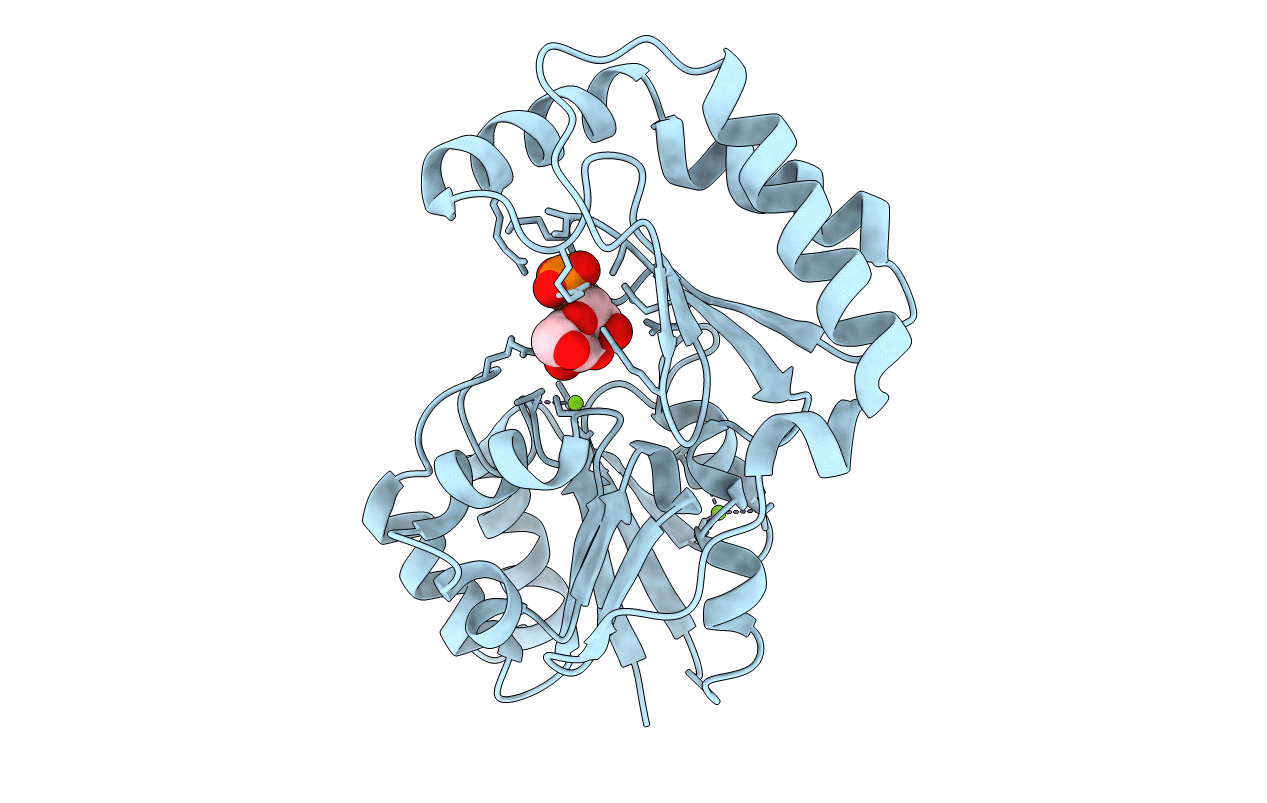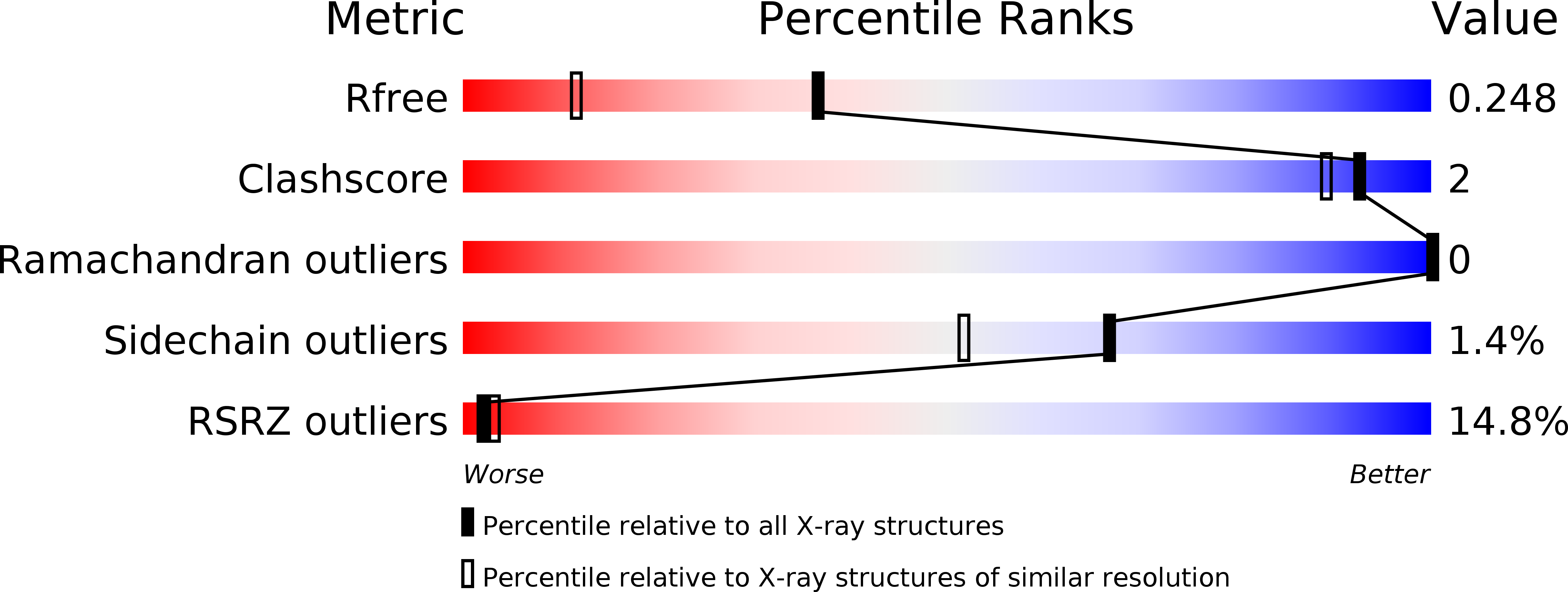
Deposition Date
2006-01-26
Release Date
2006-03-21
Last Version Date
2024-10-30
Entry Detail
PDB ID:
2FUE
Keywords:
Title:
Human alpha-Phosphomannomutase 1 with D-mannose 1-phosphate and Mg2+ cofactor bound
Biological Source:
Source Organism:
Homo sapiens (Taxon ID: 9606)
Host Organism:
Method Details:
Experimental Method:
Resolution:
1.75 Å
R-Value Free:
0.24
R-Value Work:
0.20
R-Value Observed:
0.20
Space Group:
P 43 21 2


